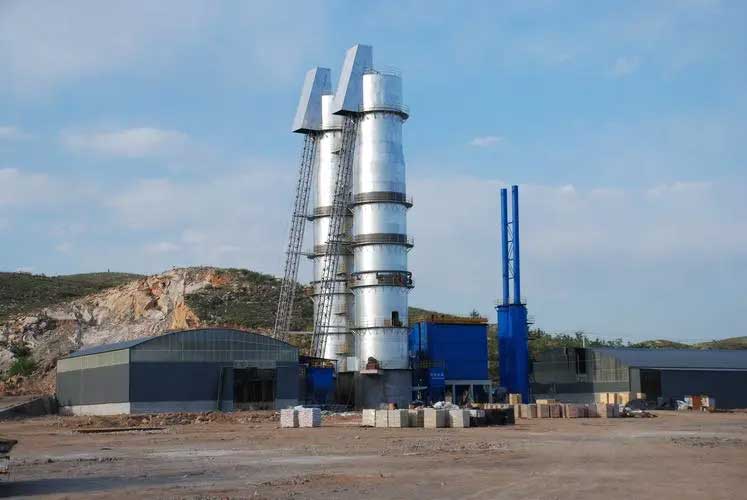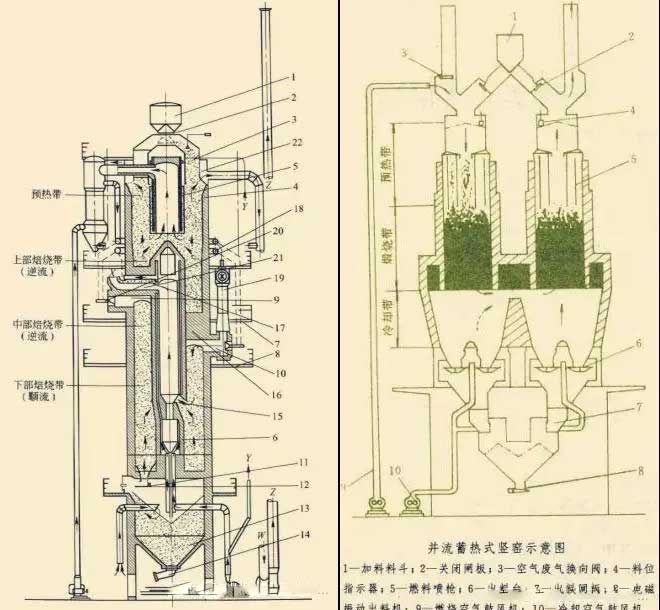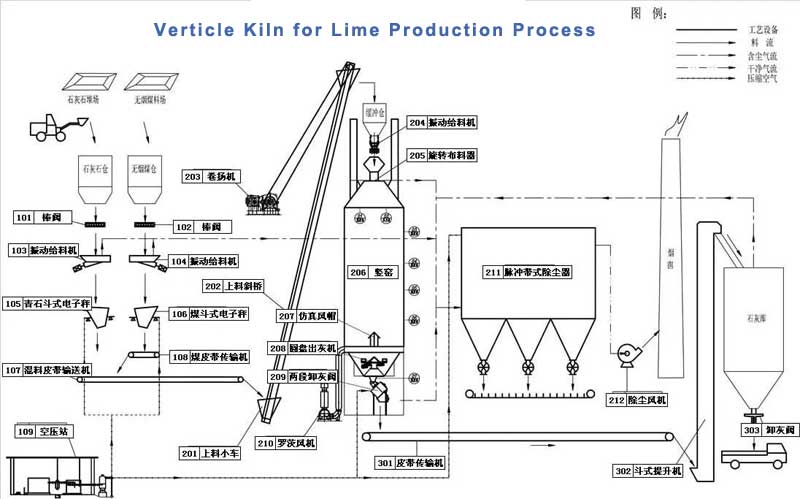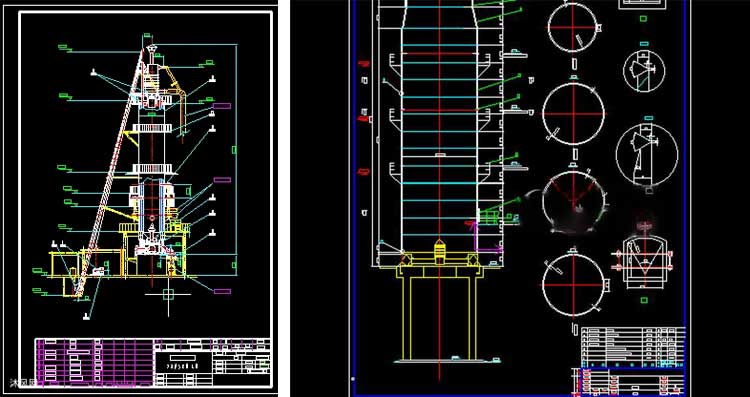The Role of Vertical Shaft Kilns in Optimizing Lime Calcination
Verticle Shaft Kiln Introduction

In factory of lime calcination, where precision and efficiency are paramount, vertical shaft kilns (VSKs) stand as stalwart contributors to the chemical transformation of limestone into quicklime. As an engineer navigating the intricacies of industrial processes, understanding the design, components, and operational aspects of VSKs becomes imperative. This article explores the nuanced engineering aspects of vertical shaft kilns, shedding light on their pivotal role in lime calcination.
Vertical Shaft Kiln Design and Components

At the core of lime calcination lies the vertical shaft kiln, a meticulously designed apparatus comprising a vertical shaft, refractory lining, feed system, burner system, and discharge system. Each component plays a vital role in ensuring a controlled and efficient transformation of limestone into quicklime. The engineer's task is to comprehend the synergy of these components, optimizing their design for optimal performance.
Lime Calcination Process in Vertical Shaft Kilns

Lime Calcination process in the chemical reactions within VSKs, the focus shifts to the fundamental processes driving lime calcination. Understanding the decomposition of limestone and the subsequent formation of quicklime becomes imperative. Temperature control and residence time, critical factors in the engineer's toolkit, shape the efficiency and quality of the calcination process. The engineer must navigate this intricate chemical landscape with precision.
Operational Aspects of Vertical Shaft Kilns
In the operation of verticle shaft kiln, an engineer's expertise can offer a comprehensive guid. Managing the loading and feeding of limestone demands a meticulous approach, emphasizing continuous feed mechanisms and uniform distribution. The combustion and heat generation, guided by burner types and precise control mechanisms, fall under the engineer's purview. Efficient lime discharge and cooling mechanisms, strategically designed to prevent over-burning, further showcase the engineer's role in maintaining optimal kiln performance.
Future of Verticle Shaft Kiln

Addressing challenges in VSK operation becomes an engineering puzzle. Stability and control issues, refractory wear, and maintenance concerns require systematic solutions. Here, the engineer's knack for innovation and problem-solving is crucial. Technological advancements, automation, and improvements in refractory materials present themselves as avenues for enhancing VSK performance. Case studies provide tangible insights, allowing the engineer to extract valuable lessons from successful applications.
As an cement machinery manufacture, we stand at the precipice of future trends in VSK design. Emerging technologies beckon, promising increased efficiency and sustainability. The continuous quest for advancements in vertical shaft kiln engineering aligns with our commitment to optimizing industrial processes. From the engineering objective perspective, vertical shaft kilns emerge as key players in the lime calcination landscape. Through a comprehensive understanding of design, chemical processes, operational intricacies, and innovative solutions, engineers contribute to the efficient functioning of VSKs.

